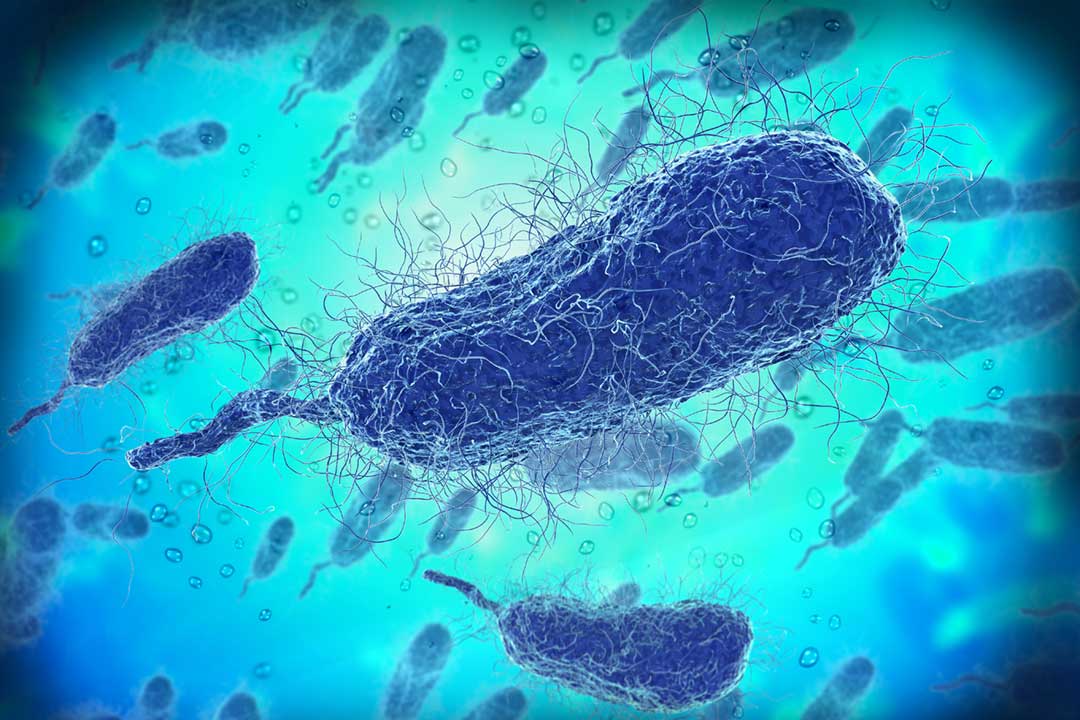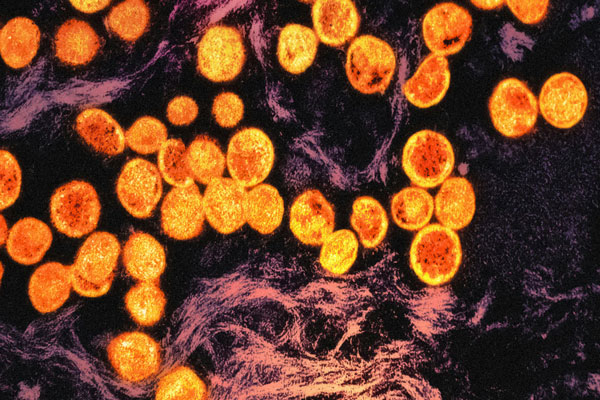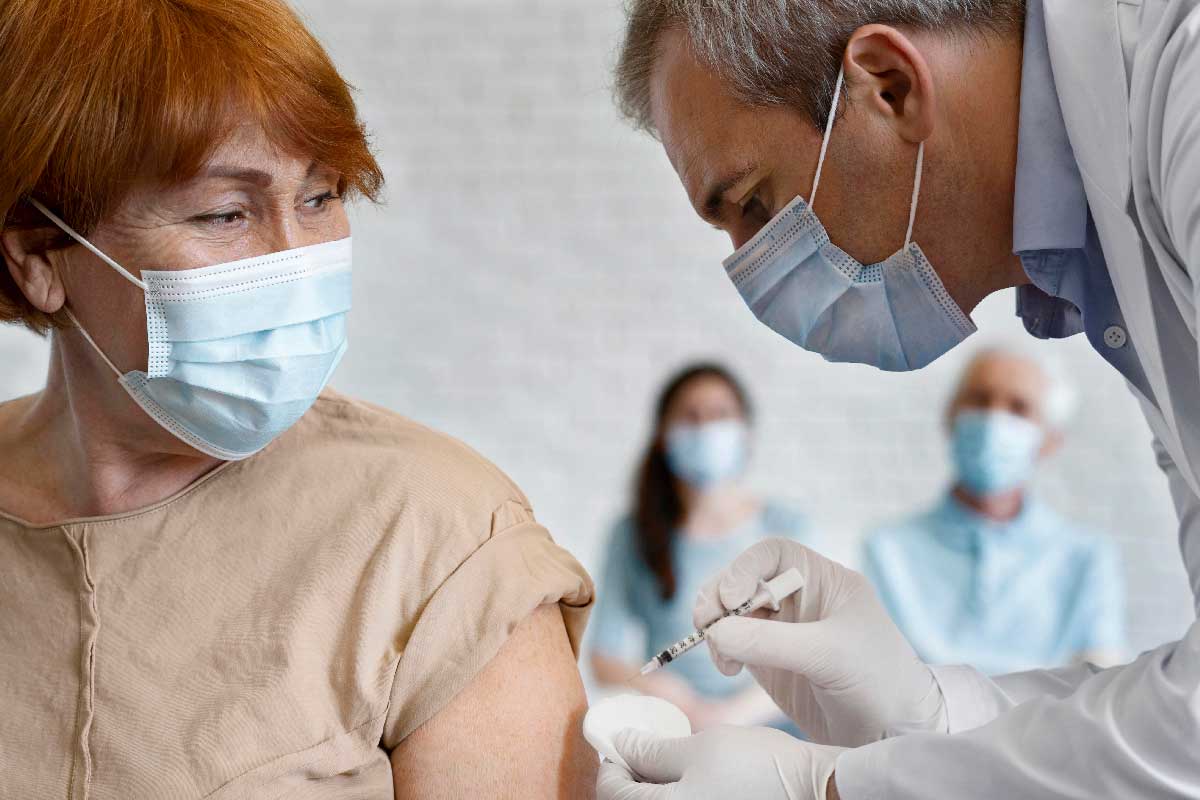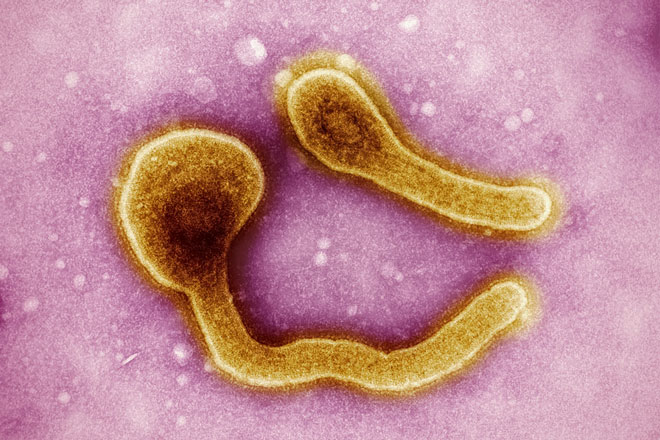How global warming could mean a greater risk of flesh-eating bacteria
Climate change already means disease-spreading mosquitoes can invade new habitats – now data shows that warmer water means a greater spread of pathogenic marine bacteria.
- 27 March 2023
- 3 min read
- by Priya Joi

For years climate change experts have been sounding the alarm about the way rising temperatures and increasingly extreme weather events are changing the natural habitats of numerous species and diseases.
This month, the World Health Organization warned that dengue and chikungunya are now spreading far beyond the historical areas of transmission, and that mosquitoes that spread malaria have elevated their range by about 6.5m per year, as well as moving away from the Equator by 4.7km every year for the past century.
Infections caused by the flesh-eating Vibrio vulnificus, rose eight-fold between 1988 and 2018 on the east coast of the US.
A new study shows that the same is now happening with disease-causing bacteria. In Nature Scientific Reports, scientists at the University of East Anglia, UK, report that infections caused by the flesh-eating Vibrio vulnificus, rose eight-fold between 1988 and 2018 on the east coast of the US. The bacterium lives in sea or brackish waters warmer than 20°C and can kill one in five people it infects.
People can get infected by the marine bacteria through eating raw oysters or other contaminated seafood, and this can cause diarrhoea, vomiting and fever. When a wound is infected, however, it can lead to necrotising fasciitis, in which the bacteria eat the flesh around the wound. Some people might need their limb amputated and the infection can be fatal.
Have you read?
The researchers looked at the changing distribution of V. vulnificus wound infections reported to the US Centers for Disease Control and Prevention (CDC) from 1988 to 2018. Over these 30 years not only have infections risen, but the bacterium has massively widened its geographical range, spreading northwards along the coast by about 48km per year. In the late 1980s, say the researchers, "infections were rare above Georgia (32°N) but by 2018 were regularly reported as far north as Philadelphia (40°N)."
Using this historical data, the team created a model to look at how a warming planet could further widen the spread of the bacteria and increase infections.
They then created models predicting the pattern of new infections over the next few decades. One model assumed a trajectory in which emissions would be relatively low and the rise in global temperatures would be slower. Another assumed a worst-case scenario in which emissions rise unchecked.
"The observation that cases of V. vulnificus have expanded northwards along the east coast of the US is an indication of the effect that climate change is already having on human health and the coastline."
– Prof Iain Lake, University of East Anglia
At the moment there are about 80 cases in the US each year; by 2081 that could spike to 140 to 200 cases under the worst-case scenario, the authors say. Even in a best-case scenario, infections would present a significant public health problem.
One of the authors, Prof Iain Lake from the University of East Anglia, said: "The observation that cases of V. vulnificus have expanded northwards along the east coast of the US is an indication of the effect that climate change is already having on human health and the coastline. Knowing where cases are likely to occur in future should help health services plan for the future."
Close monitoring will be critical as the bacteria are extremely temperature-sensitive and concentrations could bloom even after a day of warmer water.
With monitoring in place, health services could provide awareness programmes for the elderly and individuals with underlying health conditions, who are at greater risk, and introduce coastal signage during high-risk periods.









